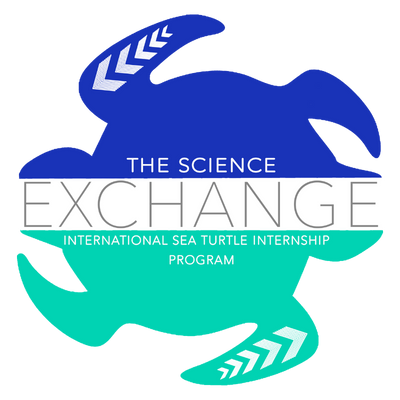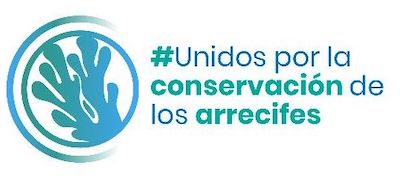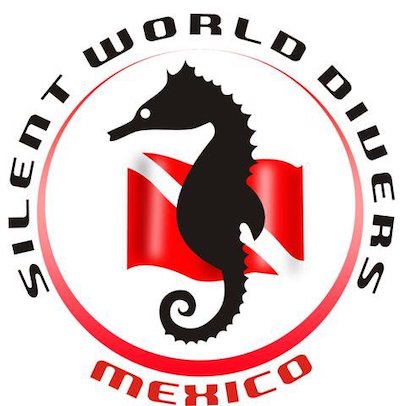MEXICAN CORAL REEFS
Mexico’s Pacific coast is home to some of the world’s most biodiverse coral reefs, underwater communities that support sharks, turtles, and other marine life. They also support human lives by buffering the coastline from intense storms and providing livelihoods from fishing and tourism. Yet these reefs are imperiled by ocean acidification, more frequent and powerful storms due to climate change, and damage from human overuse.
Teams of volunteer divers surveyed coral reef sites multiple times a year for several years.
Data That Drives Change
The data we collected will help local authorities and NGOs improve current management practices, consider establishing new protected areas, and help make the reefs more resilient to climate change.
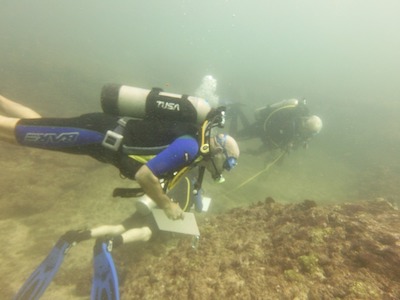
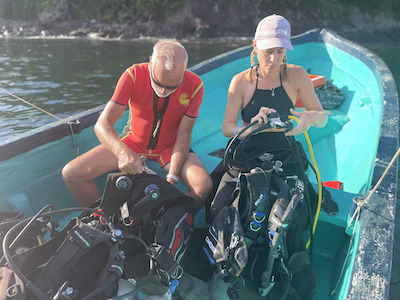
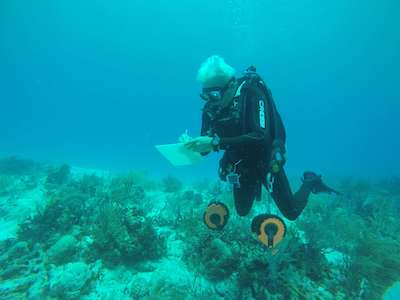
Our Partners
The Universidad de Guadalajara’s Dr. Paola Rodríguez-Troncoso and Dr. Amílcar Cupul-Magaña seek to understand how climate change and human pressure impact corals. Their project will provide complex data to support policy recommendations that protect these unique reefs.
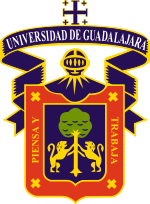
Collaborators
We are pleased to recognize these organizations donating their support and services for the project.
In the Field
WHO
We’re looking for experienced, conservation-minded divers with access to boats who can commit to at least three dives within a year along the Mexican Pacific coast in the Puerto Vallarta region. Volunteers must have a minimum of 25 logged dives if a PADI certified open water diver, 15 if PADI advanced open water diver, and 10 dives if they are a NAUI certified advanced open water diver.
WHAT
Each volunteer diver must commit to conducting a minimum of three site surveys. Survey sites are clustered, making access to three sites during a single multi-day visit manageable.
At each field site dive teams will swim 5 different 25-meter-long belt transects parallel to the coast. Teams will swim each of the five transects three times to collect the following data:
- Fish surveys – identify fish to species, mark size categories, and estimate ratio of adults to juveniles
- Echinoderm density – count abundance by species across different categories (sea urchins, seastars, and sea cucumbers)
- Habitat assessment – record a video transect for the researchers to analyze
- Vertical contour – measure the contour of seafloor
You will record data on underwater tablets, transcribe that data to datasheets, and send them to Dr. Rodriguez.
WHEN & WHERE
Volunteer Training: Volunteers must complete online training and in-person training in Puerto Vallarta, Mexico. The next in-person training led by Dr. Rodríguez will be held on June 26, 2023.
- The online training covers the protocol basics and overviews expected species identification. Before attending the in-person training, you will need to memorize up to 55 species of fish and 21 species of echinoderms.
- The in-person training involves classroom sessions covering theory, sampling strategy, and two days of practice dives.
Dive Surveys: Field sites are predetermined and no deeper than ~12 meters. During the in-person training, Dr. Rodríguez will assign precise locations and advise on survey timing and dates. Your surveys will take place after completing the in-person training. The exact dates for your dives will depend on storm cycles, data needs, and your dive skills. All surveys must take place between 0900 to 1300 or 1500 to 1700.


